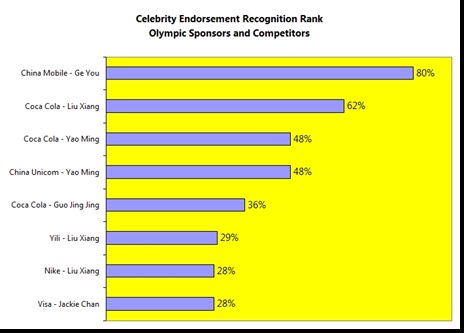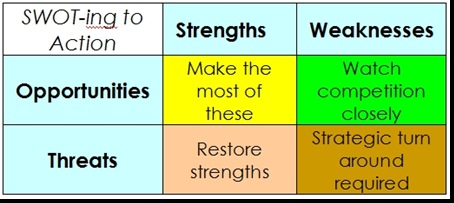Barack Obama was elected the next president of the US on 4 November. His marketing strategies were widely discussed by the media and many of them deemed 4 November as ‘the biggest day ever in the history of marketing’, and Obama himself was even selected as the Marketer of the Year by executives in an annual conference in October.
Advertising Age said Obama’s campaign was a successful branding strategy – with his messages being consistent, simple, and relevant. These are important elements that all marketers should learn from. Obama does not have a long history in the political scene but managed to build up his own brand in 2 years. Moreover, Obama had strong opponents – Hillary Clinton and then later, John McCain. And, being the youngest among them, Obama’s résumé is the shortest. It looked like an impossible battle, but he won by having a better marketing approach than his opponents. This made him stand out from the rest and eventually ‘win the market share’.
1. Consistency
Comparing Obama, McCain and Clinton, Obama had successfully created a single message that is used throughout his campaign right from the start – ‘Change’. In fact, the consistency had forced his opponents to follow him and adopted ‘change’ as a key word in the final part of their campaigns. Clinton’s message was unclear and confusing. From the start of her campaign she was boasting her experience, and then shifted to ‘Countdown to change’, followed by ‘Solutions for America’. McCain, meanwhile, did employed ‘Country first’ as his main message, but changed the tune and called himself ‘the agent of change’. This message came a bit too late.
Not just ‘change’, Obama was consistently calling McCain a clone of Bush. No matter how McCain defended this allegation, Obama insisted that the ghost of Bush’s policy will still be there if McCain moved into the White House. Obama promoted his believes which McCain found it hard to deny.
2. Simplicity
Obama’s message is simple – ‘Change’, which is easy to get into the minds of voters, especially with the economy’s turbulence for the past year. Voters needed ‘change’, a change that could improve their lives, a change that could turn around the economic downturn, all these provoke their inner feelings and allow the whole incident closely connected to voters.
His opponents’ promotion was much more complicated and failed to coin into the minds of the voters.
3. Relevance
Obama has his relentless focus on change, which forced his opponents shifted their devotion to discuss the changes they proposed for the country, and how their plans were different from the previous term. All these talks distracted McCain and Clinton from talking about their strength, for example their experience, their international experience.
Besides keeping his message simple and consistent, Obama’s communication mix was also well praised by marketers. He deployed technology and penetrated into different online and traditional media. He cleverly utilised social marketing tools and had successfully gained the attention of younger voters whom traditionally not interested in politics.
(Screenshot from BarackObama.com)

(Screenshots from youtube.com, 3 Nov 2008)
The above 2 images are taken from their respective youtube.com page with some short introductions about themselves.
Can you spot the difference?
- Obama’s Youtube channel had 18 million subscribers, while McCain’s only had 2 million.
- Obama employed Google checkout online payment systems to provide an easier channel for viewers to donate money to his campaign, and McCain did not.
- Obama set up his video channel on Youtube back in 2006, and McCain catch up the game 5 months later.
- McCain provided detailed instructions to viewers on how to ‘subscribe’ to his videos, while Obama did not.
From the above information, the differences in promotion strategies are obvious:
- Young vs Mature
- New media vs Traditional media
- Web 2.0 vs Web 1.0
- The Long Tail vs 20/80 Rule
- The ability to draw Netizen’s attention
- The demographic profile of voters (age, education, race, class, perceptions….)





